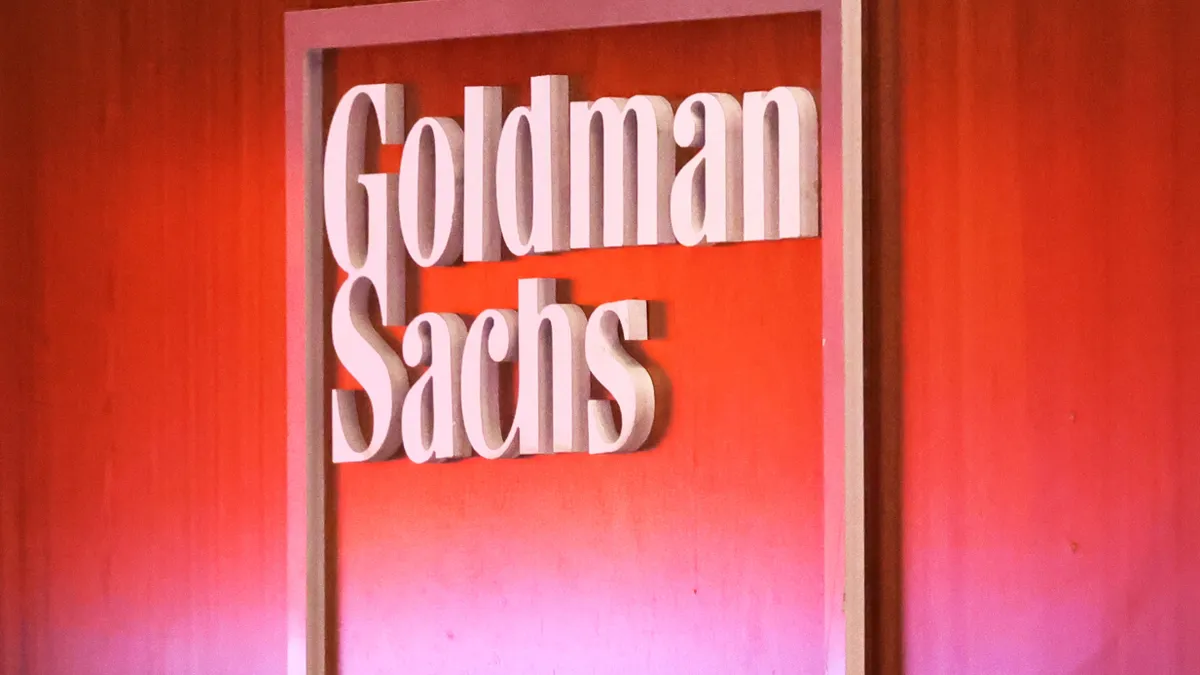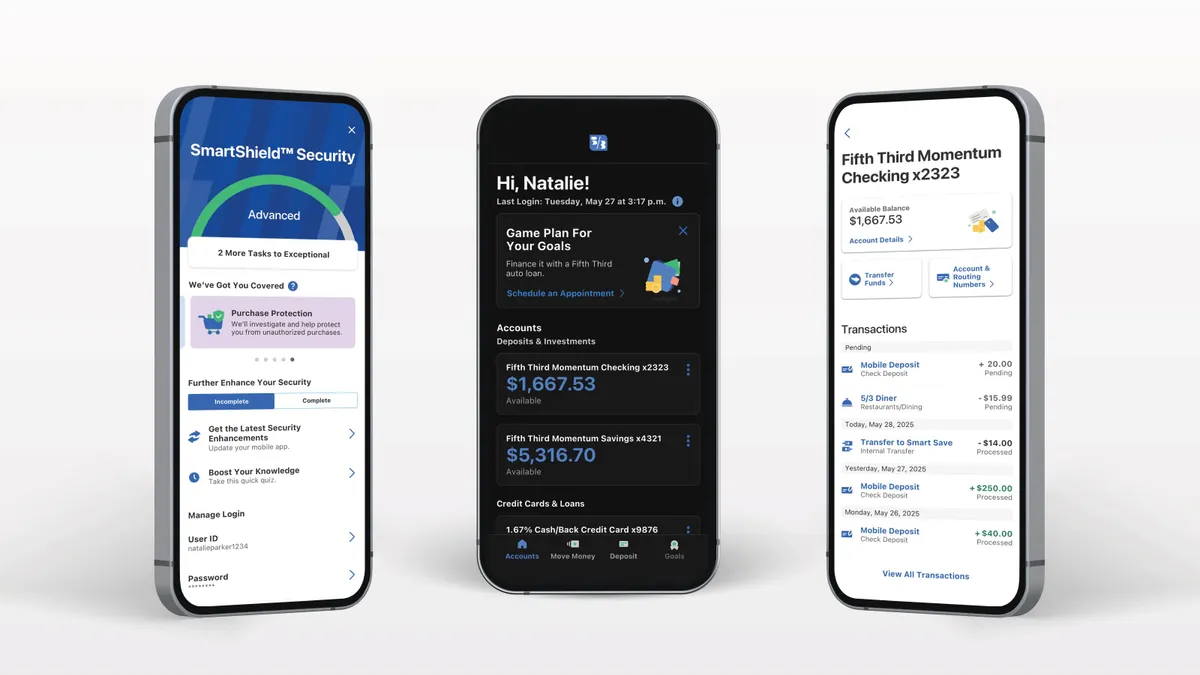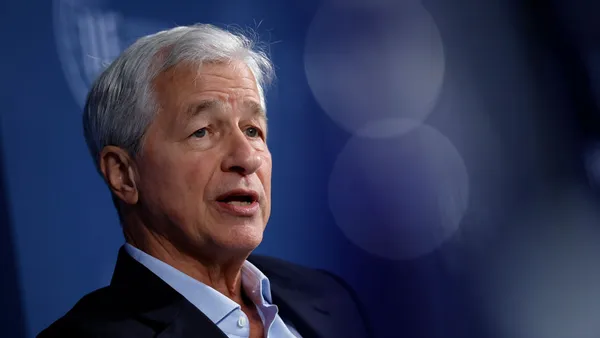Dive Brief:
- Goldman Sachs named 80 new partners Wednesday — the largest class tapped for the prestigious title since David Solomon became the bank’s CEO in 2018.
- Twenty-three of the new partners are women. That 29% proportion marks an increase from 27% in 2020, the last year the bank named new partners.
- Goldman also promoted a greater share of Asian and Black employees to partner this time around. Asians represent 24% of the new class, up from 17% in 2020. About 9% of new partners are Black, up from 7% two years ago.
Dive Insight:
The class of partners Goldman named Wednesday is 33% larger than the 60-strong cohort the bank tapped in 2020.
Throughout his tenure, Solomon has aimed to return an air of exclusivity to the title, a vestige of the days when partners owned a stake in Goldman, before it went public in 1999.
Partners today still own a nominal slice. But veteran partners had increasingly groused that the exclusive benefits the bank bestowed on them were being spread too thin. (Goldman’s 400-some partners nonetheless account for less than 1% of the bank’s total workforce.)
Goldman in 2020 began offering its partners new access to profits from the bank’s private investment funds. This year, the bank gave one-time payouts to its partners — totaling in the millions of dollars for some — in addition to annual bonuses.
Solomon also has sought to add variety to Goldman’s partnership by naming employees from a broader swath of silos.
For example, 48 of this year’s new partners are traders or investment bankers, according to The Wall Street Journal. While that still encompasses 60% of the class, the proportion is down from 71% in 2018 and 66% in 2020. Roughly 30% of new partners are from consumer, wealth and asset management businesses, according to the Financial Times. About 10% come from engineering and service backgrounds such as risk and compliance, the publication reported.
Despite the class’s diversity on some levels, the proportion of new Hispanic or Latino partners dipped to 3% from 5%. From a global perspective, 7.5% of the executives are from Asia and the Pacific — a sharp decline from 14% in 2016. By comparison, 66% are from the Americas and 26% are from Europe, the Middle East and Africa. Two of the new partners identify as LGBTQ+, the bank said.
“Our commitment to elevating leaders who embody our core values of partnership, client service, excellence and integrity remains steadfast. Each of our new partners has contributed meaningfully to our business and culture,” Solomon and Goldman President John Waldron wrote in a statement Wednesday. “These decisions are extremely difficult, and we acknowledge the hard work of those who were not selected this year.”
Wednesday’s announcement comes at a point when Goldman has slowed its hiring and committed to reinstating annual performance reviews that may serve as a tool to flag underperformers. The bank, which is widely expected to cut hundreds of employees this year, may have started that cull in September by eliminating 25 Asia-based jobs.
The uptick in new Goldman partners comes one year after the bank named its largest-ever class of managing directors — one rung down the responsibility chain.
This year’s new partners have spent an average 16 years at the bank — though, in what may be seen as a shift, fewer than half (43%) have spent their whole careers — to this point — at Goldman. Nearly one-third interned at Goldman, according to The Wall Street Journal.
The promotions take effect Jan. 1.














